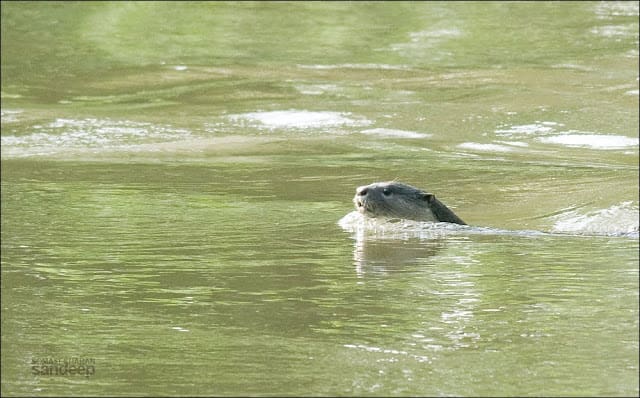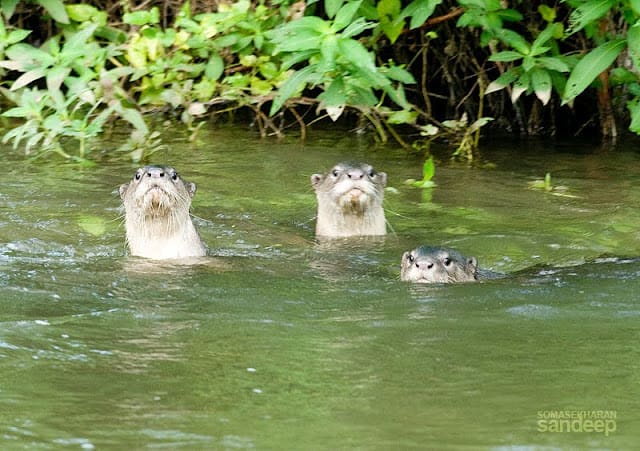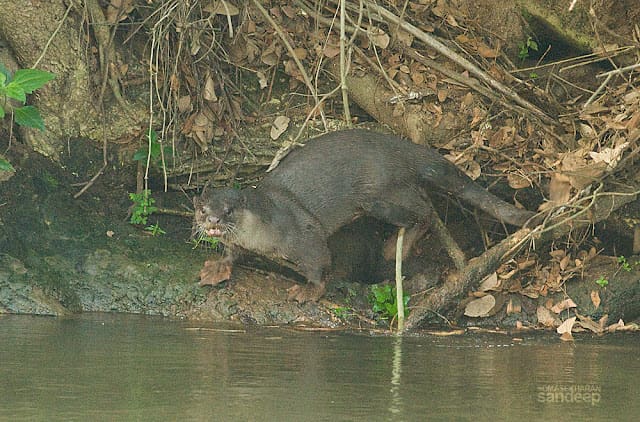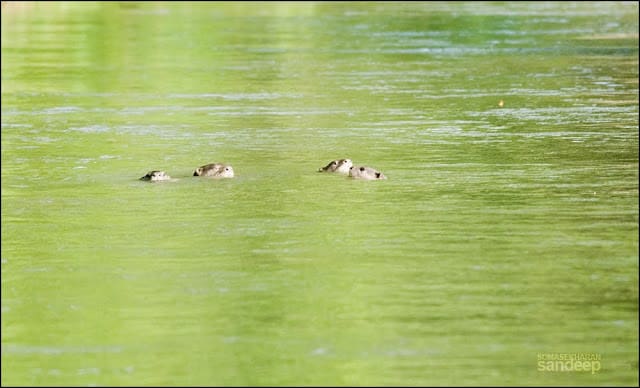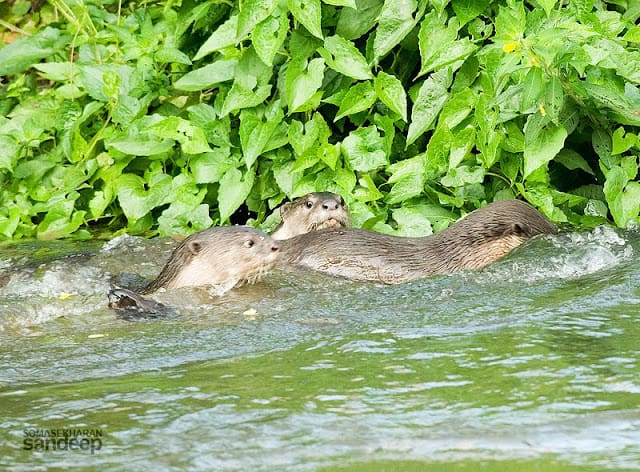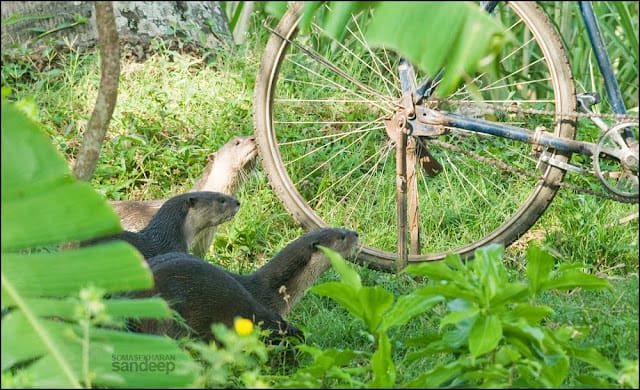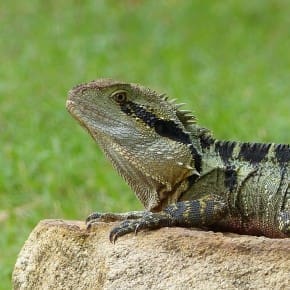Sandeep Somasekharan (or Sandy as friends call him) took his headlong plunge into photography with a three-megapixel Nikon point-and-shoot he purchased in 2003. The avid reader and an occasional scribbler started enjoying travel and nature more as he spent more time photographing. Meeting Beej in 2008 helped him channel his creative energies in the form of essays and nature photographs that he started publishing on the Green Ogre. Sandy loves to photograph birds and landscapes, and considers photography and writing as his meditation.
He is an engineer by education, IT professional by vocation, and a hopeless dreamer since creation.
